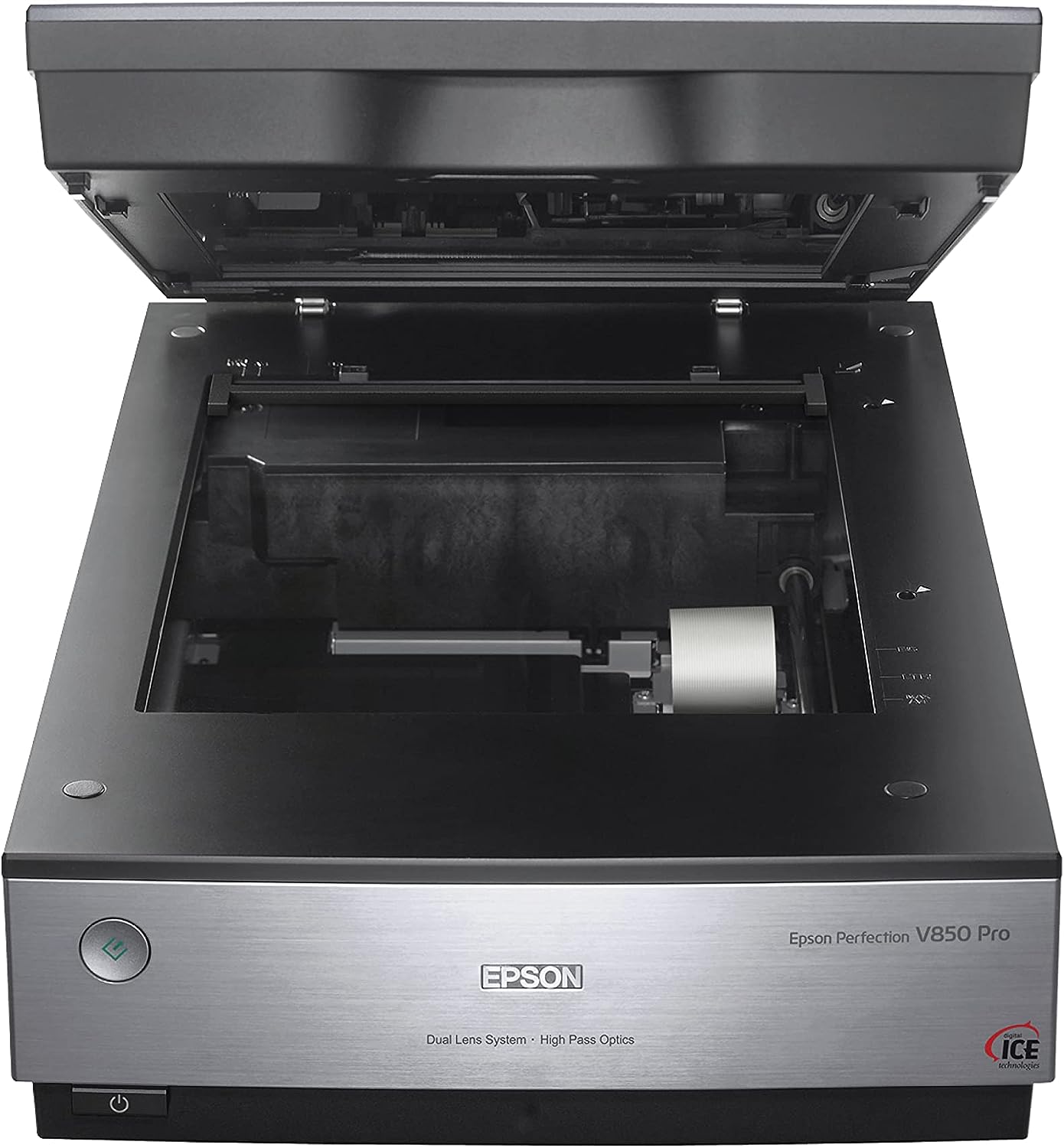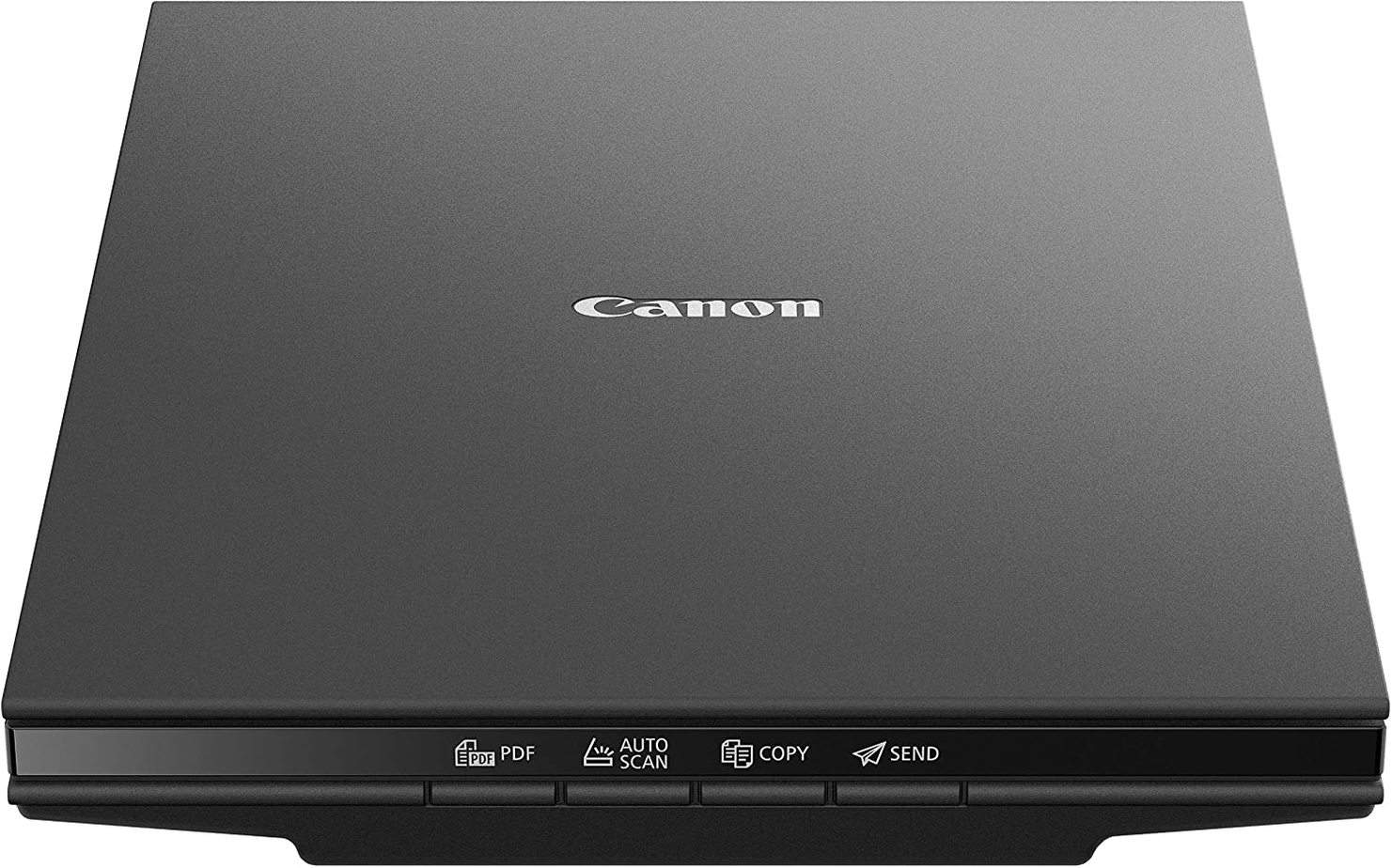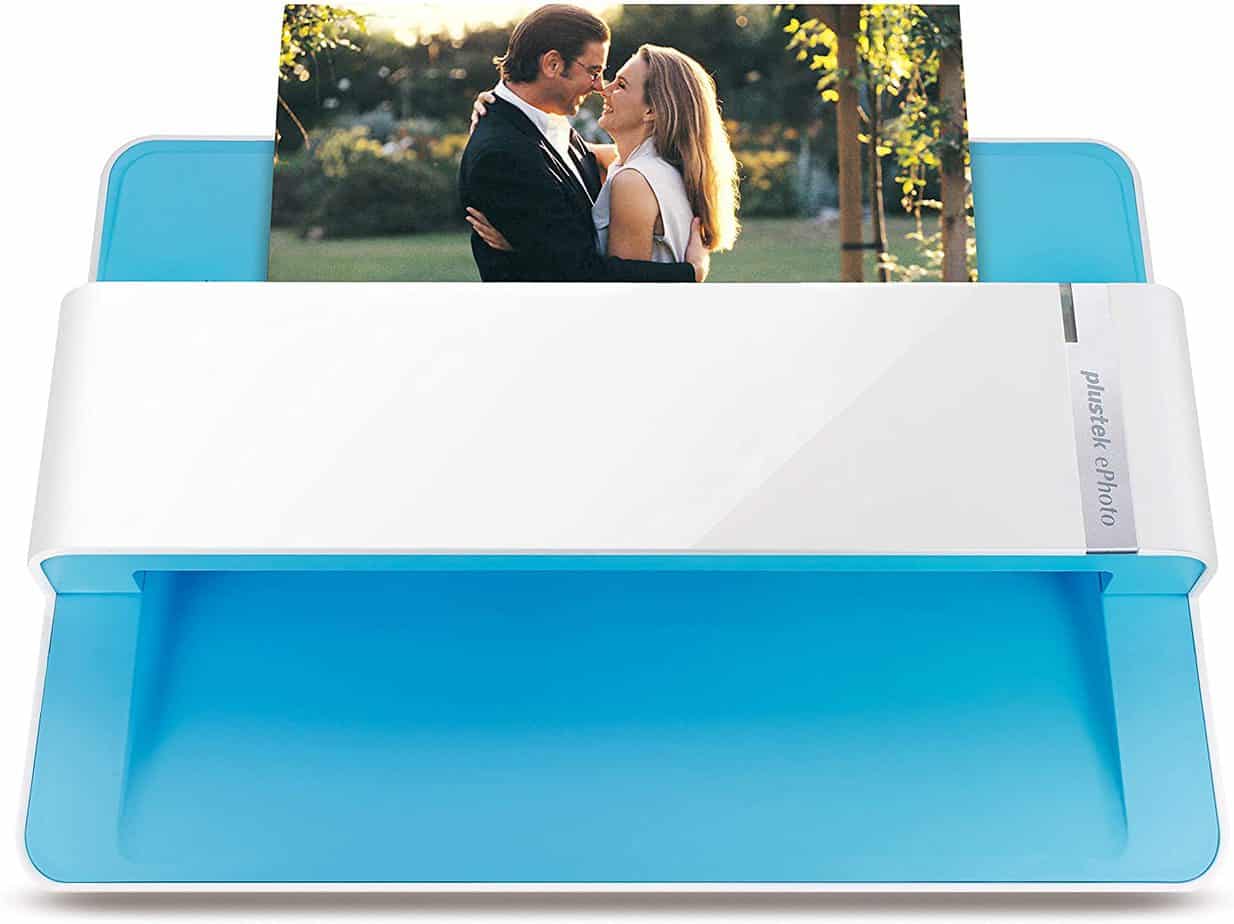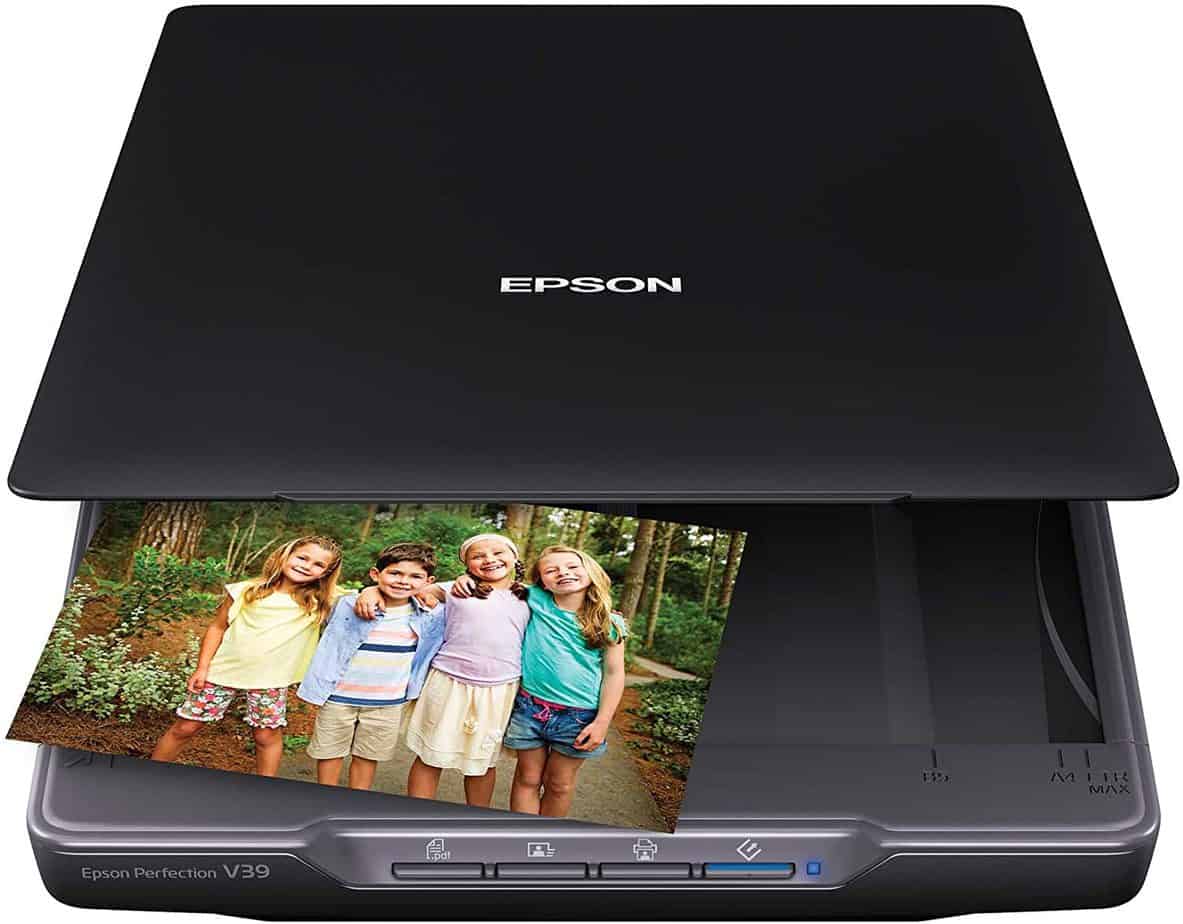Best Photo Scanner 2025: Top CanoScan & Epson Perfection Picks
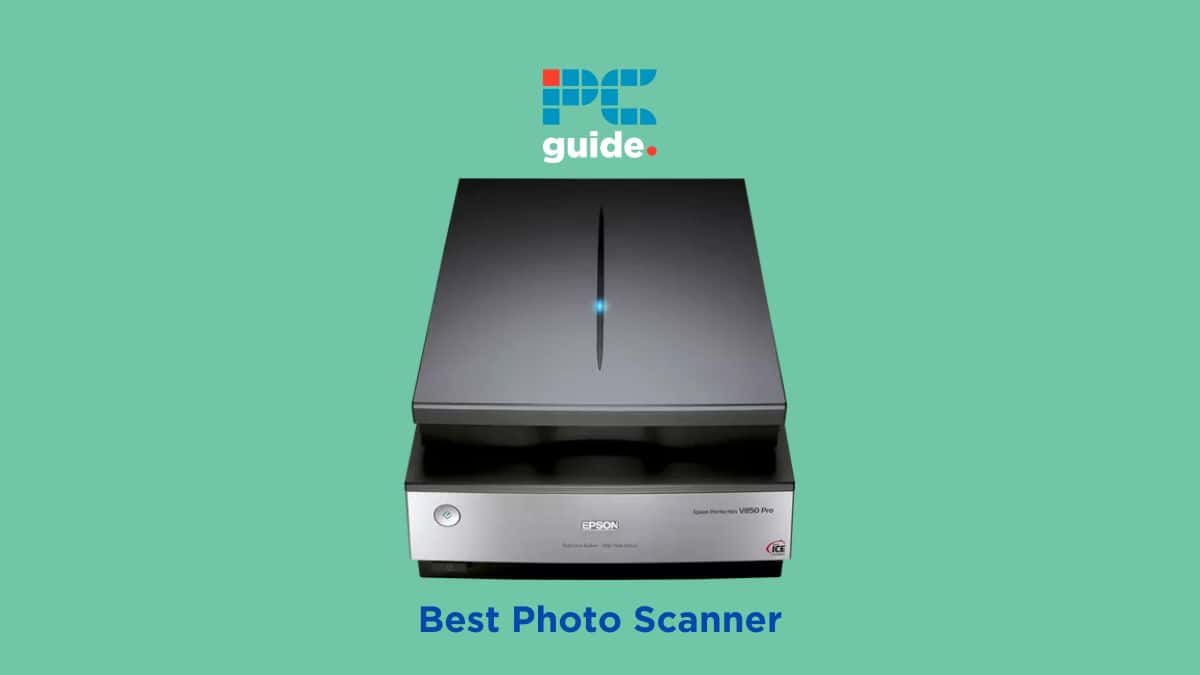
Table of Contents
It has never been easier to digitize your old photos, thanks to the numerous storage solutions and means of preserving physical media. If you’re looking to back up your collection of original photos, then it’s worth investing in one of the best photo scanner options on the market. There are a number of top brands and ranges, each with their own respective merits and demerits, so it can be hard to know what the best scanner for you is.
We’ve compiled a range of options, from the best scanner options, such as CanoScan and Epson Perfection, to ensure you always have the perfect scanning solution for your needs. Whether you have a handful of old memories you want to preserve or have recently uncovered a treasure trove of prints, we’ll help you digitize them all.
Prime Day is finally here! Find all the biggest tech and PC deals below.
- Sapphire 11348-03-20G Pulse AMD Radeon™ RX 9070 XT Was $779 Now $739
- AMD Ryzen 7 7800X3D 8-Core, 16-Thread Desktop Processor Was $449 Now $341
- ASUS RTX™ 5060 OC Edition Graphics Card Was $379 Now $339
- LG 77-Inch Class OLED evo AI 4K C5 Series Smart TV Was $3,696 Now $2,796
- Intel® Core™ i7-14700K New Gaming Desktop Was $320.99 Now $274
- Lexar 2TB NM1090 w/HeatSink SSD PCIe Gen5x4 NVMe M.2 Was $281.97 Now $214.98
- Apple Watch Series 10 GPS + Cellular 42mm case Smartwatch Was $499.99 Now $379.99
- ASUS ROG Strix G16 (2025) 16" FHD, RTX 5060 gaming laptop Was $1,499.99 Now $1,274.99
- Apple iPad mini (A17 Pro): Apple Intelligence Was $499.99 Now $379.99
*Prices and savings subject to change. Click through to get the current prices.
-
Best Photo Scanner
Epson Perfection V850 Pro
- Scan Resolution: 9600 dpi
- OCR: Yes
- Connectivity Technology: USB
- Defect Removal: Yes
-
Best Budget Photo Scanner
Canon CanoScan Lide 300
- Scan Resolution: 2400 dpi
- Connectivity Technology: USB
- Defect Removal: No
-
Best Fast Photo Scanner
Plustek Ephoto Z300
- Scan Resolution: 600 dpi
- Connectivity Technology: USB
- Defect Removal: Yes
-
Best Photo Scanner for Home
Canon imageFORMULA RS40
- Scan Resolution: 1200 dpi
- Connectivity Technology: USB
- Defect Removal: Yes
-
Best Mid-Range Photo Scanner
Epson Perfection V39
- Scan Resolution: 4800 dpi
- Connectivity Technology: USB
- Defect Removal: Yes
How We Picked the Best Photo Scanner
When it comes to photos, the best scanners are generally flatbed units: large devices that can accommodate different sizes of print. As such, we’ve focused on these units for our selection today. We considered the devices’ scan resolution, their speeds, and the ease-of-use with their particular scanner drivers. We also considered the form factor, both in relation to scanning size and the physical footprint of the device.
We settled on five scanners across a range of price points. We’ve broken down each of our choices below, regarding each unit’s strengths that may make them preferential photo scanner choices – and any weaknesses that may deter you.
- Scan Resolution: 9600 dpi
- OCR: Yes
- Connectivity Technology: USB
- Defect Removal: Yes
With a huge high-resolution scanning bed and the versatility for scanning everything from large prints to tiny film slides, the V850 Pro is a top choice for photo scanning.
- Premium scan quality – the unique dual-lens system makes for optimal scanning resolution at 9600 dpi.
- Automated features – the V850 Pro automatically detects media and helps remove spots or imperfections.
- Premium price point – the price of the V850 Pro may be hard for some to justify.
Taking our top spot is the Epson Perfection V850 Pro, a top-of-the-range photo scanner. Epson have already proven themselves to be the masters of printers, and this unit proves them the masters of scanners, too.
With a scan resolution up to 9600 dpi and a print bed 8.5″ x 11.7″ in size, you’ll have plenty of scope to scan your photos. Boasting compatibility for slides and other specialist media, the V850 Pro is also a great multi-purpose investment should you encounter any old 35mm film. And should any of the originals be damaged, the scanner’s defect detection will help you correct or hide any imperfections. The scanner driver is easy to use, and the dual-lens system guarantees clarity with scans.
That said, the V850 Pro’s most noteworthy drawback is its price: retailing over $1000, this may not be the best choice for households or smaller businesses. But for professional quality above all else, this is the best photo scanner.
- Scan Resolution: 2400 dpi
- Connectivity Technology: USB
- Defect Removal: No
At the other end of the spectrum is Canon’s affordable scanning solution, ideal for homes looking for a high-quality, low cost photo scanner.
- Affordable – retailing under $100, the Lide 300 is a great budget photo scanner.
- Compact and lightweight – easy to house, this scanner is low-maintenance.
- Loud – though all scanners can be noisy, the Lide 300 is audibly worse.
For a budget photo scanner, the Canon CanoScan Lide 300 is our top choice. Affordable whilst still maintaining an impressive quality standard, this unit is a great option for homes and small businesses.
At a respectable 2400 dpi, the Lide 300 manages to capture a great level of detail in your scans. Automated detection means that you barely have to try when scanning photos, as the unit does most of the work for you. The results are vibrant and faithful to the original photo. And being approximately the same size as a small laptop, the Lide 300 is compact and lightweight. Retailing well under $100, this is a great scanning solution.
However, the price you pay in noise pollution may not justify the low price. All photo scanners are loud when in use, but the Lide 300 is especially audible when scanning subjects. If noise isn’t a concern, then the CanoScan Lide 300 remains our best budget photo scanner.
- Scan Resolution: 600 dpi
- Connectivity Technology: USB
- Defect Removal: Yes
Though the conversation around photo scanners is often “Epson Perfection vs Canon CanoScan”, Plustek’s offering shouldn’t be dismissed out-of-hand.
- Fast scanning – able to render a photo scan in as little as 2 seconds, the Z300 is great for rapid-fire prints.
- Image enhancement – you have plenty of options to configure your scans with the built-in editor.
- Poor resolution – at 600 dpi, the Z300 trades quality for speed.
If you’re looking to bulk-scan an array of photos, then the Plustek ePhoto Z300 should be among your considerations. Taking as little as 2 seconds to scan a picture, you can quickly and easily get through your photo scanning backlog.
Though the 2-second figure is for a standard 6″ x 4″ print, the Z300 is capable of scanning up to 8″x10″ – ideal for larger images. For heightened productivity, the Z300 also comes with an automated photo feeder. The workflow is made more efficient by the built-in editing features in the scanner’s driver, which make for quick and easy adjustments to your scan. Factor this in with a compact form factor and an intelligent design, and the Z300 is a great option.
What lets it down, however, is the overall resolution. At a fraction of the resolution of the scanners above, this is a poor option for details. But for rapid-fire backups at median quality, the Z300 is a top choice.
- Scan Resolution: 1200 dpi
- Connectivity Technology: USB
- Defect Removal: Yes
Able to scan photos up to 8.5″ x 14″, this multipurpose Canon scanner is ideal for households.
- Large photo capacity – the RS40 can scan up to 40 photos at a time with auto-feeding.
- Convenient design – both software and hardware are easy to use.
- Poor color gamut – images lack the vibrancy and depth, and require some color correction in post.
Consider the Canon imageFORMULA RS40, a compact yet capable scanning solution from Canon. Manufacturers of top cameras and printers, this photo scanner continues Canon’s terrific range of products.
Able to scan 40 photos at a time, with up to 8.5″ x 14″ in size, the RS40 is a great option for pushing through your backlog. At 1200 dpi, the scan resolution isn’t as premium as the V850 Pro, but it is ideal for standard photo prints. It’s also able to duplex-scan documents with ease, and the intuitive software allows you to save the scans in any format you desire. We’re particular fans of the fact that the RS40 ships with a small case for bent or misshapen photos to help scan them.
What we aren’t fans of, though, is the color accuracy. Shades are generally unimpressive and require a boost in saturation and contrast to be true-to-life. It’s a small issue to overcome, and we still recommend the RS40 as a competent scanner for the home.
- Scan Resolution: 4800 dpi
- Connectivity Technology: USB
- Defect Removal: Yes
Closing out our list, this Epson Perfection scanner may not be as close to perfection as the V850 Pro, but it’s still a worthwhile investment.
- Innovative design – you’re able to remove the top of this flatbed scanner to scan photobooks or other large prints.
- Median price – the V39 sits comfortably between budget price points and premium scan solutions.
- Slow scanning – even on lower-quality settings, the V39 is slow to scan.
Our final contender for the best photo scanner is the Epson Perfection V39, an excellent, affordable option from Epson. If you want a healthy blend of quality and affordability, this product lives up to its “Perfection” moniker.
With a scan resolution at 4800 dpi, scans are rendered in crisp detail. For larger photos that can’t fit into the scan bed, you can remove the lid for convenient scanning. You can also stitch scans together if the print is too large to fit on one plane. Scanning is smooth and quiet, and colors are rendered accurately. Especially at this price point, we’re tremendous fans of the value on offer with the V39.
However, the scan speeds do ultimately hamstring the V39’s overall productivity, often taking as long as 40 seconds on a 600 dpi scan. If you don’t mind the wait, then the V39 is a great mid-range scanning solution.
Features and Considerations
If you’re wanting to check the quality of another scanner not on today’s list, here are some things to consider:
Document Scanner vs Photo Scanner
This may seem obvious, but ensure that you have a scanner suited for photos rather than documents. Documents require lower resolutions than photos, meaning that scanners generally only render them at 300 dpi. Similarly, document scanners are fairly basic and only allow for limited customization. Double-check before you purchase that you have the right product – and keep in mind that most photo scanners can accommodate documents but not the other way around.
Scan Resolution
Speaking of resolution, that is the vital component to ensuring high-quality scans. We recommend a scan resolution no lower than 600 dpi (dots per inch), and 1200 dpi or above is the most desirable. The higher the dpi, the more detail in the image.
Interface
Scanners come with different drivers to install, similar to printers. Older slide scanners may not be as compatible with the latest versions of Windows or Mac, so be sure to double-check them before buying. Similarly, how you connect the scanner is equally as important: a wireless connection is easy but unreliable, whilst wired connections can take up precious space.
Speed
A scanner's speed will vary wildly depending on the resolution and other settings you choose to scan with, but a base speed will always be listed. If you have a higher quantity of scans, it's important that your device can keep up.
Epson Perfection vs Canon CanoScan: Which is the Best Photo Scanner Brand?
Both Epson and Canon have their terrific range of photo scanners, and for some time, these two were the subject of debate as to which was the best photo scanner. We’ve had equal Canon and Epson photo scanners in this ranking today, but we believe that Epson Perfection models are the best photo scanners.
Canon’s original CanoScan is largely discontinued, with the only models still manufactured being the CanoScan 300 Lide and CanoScan 400 Lide. Though the company continues to create new models like the imageFORMULA range, it’s Epson’s perfection range that has stood the test of time.
With plenty of options on the market in 2025, Epson’s Perfection range continues to impress us. With a variety of products at different budget points, the Perfection series has the best array of photo scanners on the market.
FAQs
Can my printer-scanner scan photos?
Whilst most all-in-one printers can scan photos, the resolution likely isn’t on-par with a dedicated photo scanner.
What is a platen?
The “platen” on a scanner is the flat surface that you place the subject on to. Place the photo or document face-down on this surface, and commence the scan.
Verdict
- Scan Resolution: 9600 dpi
- OCR: Yes
- Connectivity Technology: USB
- Defect Removal: Yes
Though the price point may be beyond some, the Epson Perfection V850 Pro truly strives for the perfection in its name, and is our top choice for the best photo scanner on the market!
Looking to clear out your old paper once you’ve digitized it? Check out our guide on the best shredders under $100 today!


